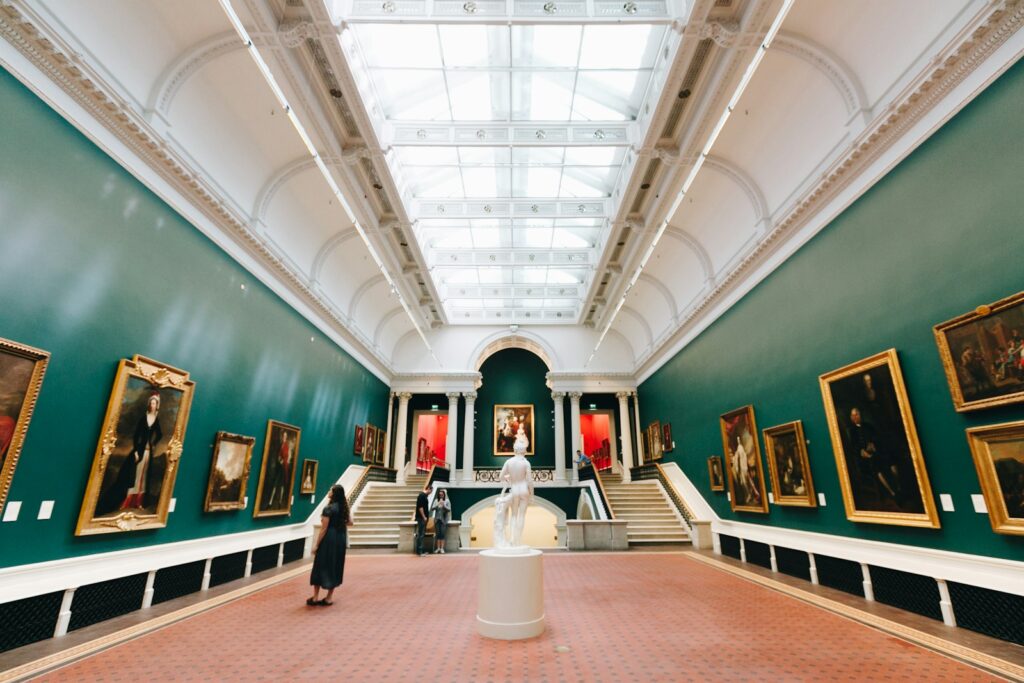Some of the world’s most significant breakthroughs weren’t the result of genius planning. They were pure, famous accidental inventions. From sticky notes to sweet treats, these inventions demonstrate that mistakes can sometimes lead to significant changes in the world.
Here are ten iconic products that were discovered when things didn’t go according to plan.
Penicillin: The Mold That Saved Millions
In 1928, scientist Alexander Fleming left a petri dish of bacteria uncovered while on vacation. When he returned, he found that mold had killed the bacteria around it. That mold was Penicillium notatum, and it led to the discovery of the first proper antibiotic, penicillin, which revolutionized medicine and saved countless lives.
See Everyday Gadgets That Were Sci-Fi First for tech that also took surprising paths to reality.
Post-it Notes: The Glue That Wasn’t Sticky Enough
3M researcher Spencer Silver set out to make a super-strong adhesive, but instead created one that barely stuck at all. Years later, colleague Art Fry realized it was perfect for bookmarks that stayed put without damaging pages. Thus, the humble Post-it Note was born.
Microwave Oven: A Candy Bar Sparks an Idea
Engineer Percy Spencer was working on radar equipment when he noticed a candy bar in his pocket had melted. Intrigued, he experimented with popcorn kernels and eggs, discovering that microwaves could indeed cook food. By 1947, the first commercial microwave oven hit the market.
Explore Everyday Tech We Owe to Space Exploration for NASA spinoffs that quietly power daily life.
Potato Chips: An Angry Chef’s Revenge
In 1853, a customer at a New York restaurant repeatedly sent back his fried potatoes, claiming they were “too thick.” Frustrated, chef George Crum sliced them paper-thin, fried them until crisp, and salted them heavily. The customer loved them, and the potato chip was born.
X-Rays: The Light That Revealed the Invisible
Physicist Wilhelm Röntgen was experimenting with cathode rays in 1895 when he noticed a mysterious glow coming from a nearby screen. He realized the rays could pass through solid objects and reveal bones beneath the skin. His accidental discovery of X-rays changed medicine forever.
For other interesting items, read Everyday Items Older Than You Think.
Velcro: Nature’s Tiny Hook System
Swiss engineer George de Mestral returned from a walk in 1941 to find burrs stuck to his clothes and his dog’s fur. Examining them under a microscope, he noticed the tiny hooks that clung to loops of fabric. Inspired, he created Velcro, named for the combination of “velvet” and “crochet.”
Coca-Cola: The Medicine That Became a Beverage
Pharmacist John Pemberton invented Coca-Cola in 1886 as a tonic to treat headaches and fatigue. When he accidentally mixed the syrup with carbonated water, customers loved the fizzy taste. His “medicine” quickly turned into the world’s most famous soft drink.
Popsicles: A Child’s Frozen Experiment
In 1905, 11-year-old Frank Epperson left a cup of soda powder and water on his porch with a stir stick inside. Overnight, it froze, and the first Popsicle was born. He patented his accidental treat years later, and kids everywhere have been grateful ever since.
Don’t miss Strange Phenomena Scientists Still Can’t Explain for more delightful mysteries that shaped science.
Safety Glass: A Shattered Mistake
French chemist Édouard Bénédictus accidentally dropped a glass flask coated with cellulose nitrate. It cracked but didn’t shatter. This led to the invention of safety glass, now used in car windshields and buildings to prevent dangerous breakage.
The Slinky: A Spring That Learned to Walk
Engineer Richard James was testing springs to stabilize ship instruments when one fell off his desk and gracefully “walked” down instead of dropping. His wife named it the Slinky, and the rest is toy history.
Serendipity in Science
From laboratories to kitchens, these happy accidents remind us that progress doesn’t always follow the plan. Curiosity, observation, and a bit of luck have a way of turning mistakes into miracles and everyday items into history.




